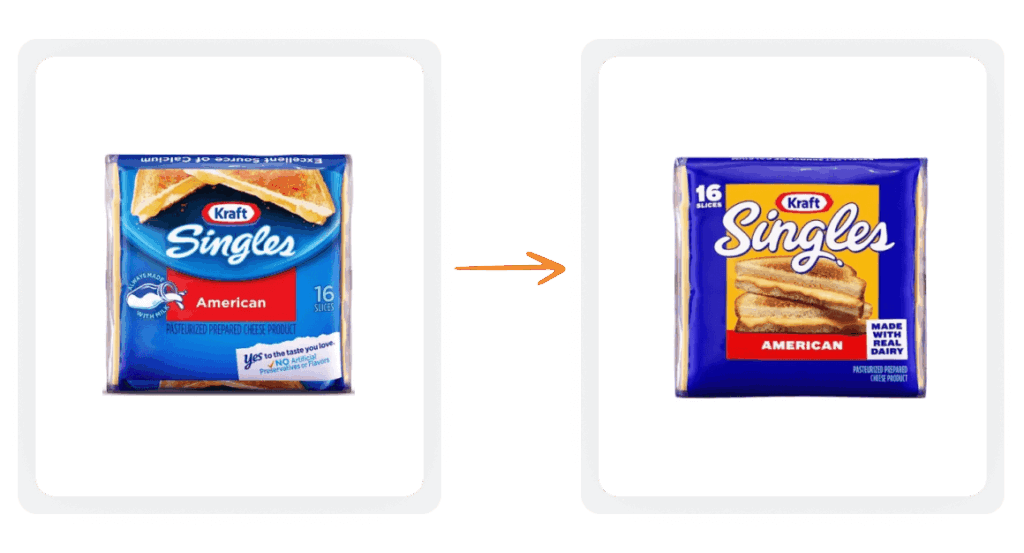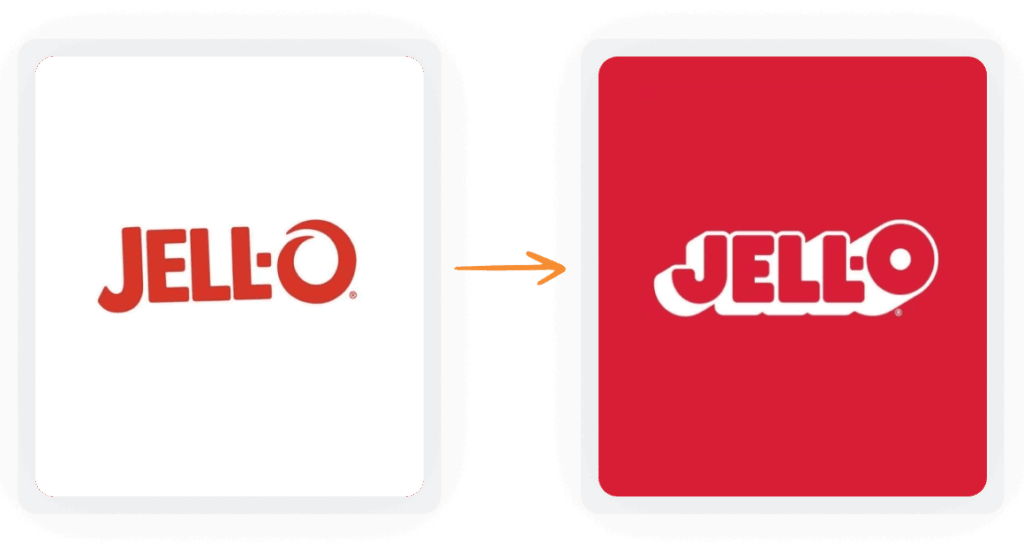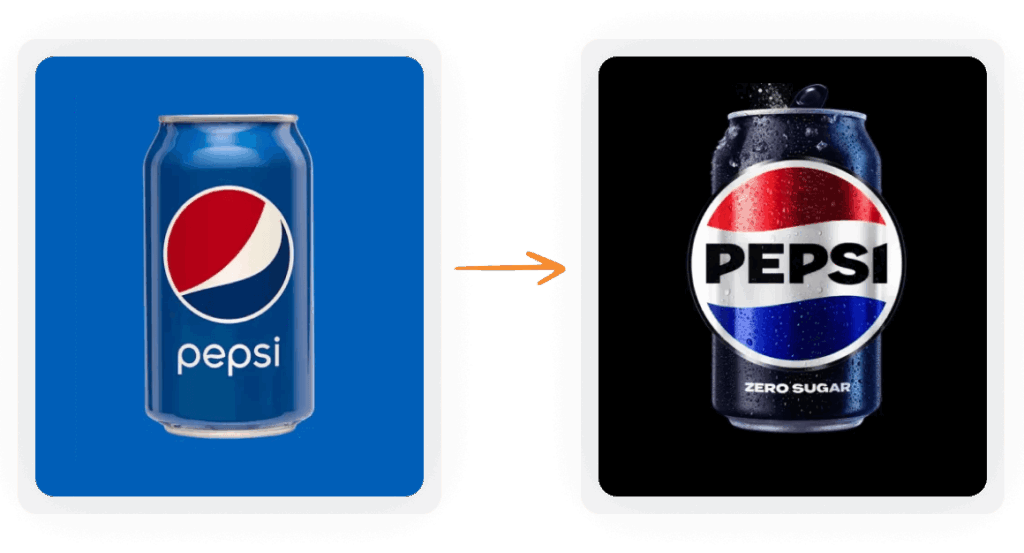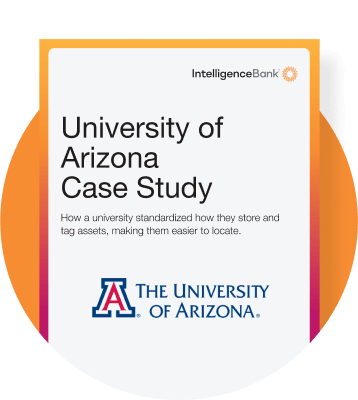As marketing leaders and creative directors, you understand that remaining relevant and growing sales are all valid reasons for a rebrand. In fact, since Covid-19 51% of businesses have executed a brand change. Yet while the prospect of rebranding is an exciting and currently popular strategic move, it can also feel overwhelming. Why? Because you understand a rebrand is more than skin deep, there’s much groundwork to cover before one pixel is changed and much more after that. There are many decisions, deadlines, uncertainties and the fear of missing crucial details or veering off course. You can be caught in a cycle of analysis paralysis – not knowing where to start…or end.
That’s where this marketing rebrand checklist right here comes in.
Executing a successful rebrand requires meticulous planning and implementation across your team. From updating logos and brand assets to ensuring consistency across all touchpoints and everything in between, there are countless details to manage. That’s where a structured approach can help streamline the process and ensure nothing falls through the cracks. Having a comprehensive rebrand template and checklist tool can make all the difference.
Why Use a Rebrand Checklist Template Tool?
Organization
A checklist provides a structured framework to organize tasks, deadlines, and responsibilities throughout the rebranding process. It helps keep everyone on the same page and ensures visibility and accountability.
Efficiency
With a checklist template, you can save time by not having to recreate the wheel for future rebrands across your portfolio. Instead of starting from scratch, you have a customizable framework to guide you through the process.
Consistency
Consistency over time is key in branding. By using a checklist, you can ensure that every aspect of your brand—from messaging to visual elements—is aligned with your rebrand strategy.
Collaboration
A checklist tool allows for collaboration among the entirety of your team – whether they’re market researchers, in-house creatives, external agencies, or other stakeholders. Everyone can track progress, provide input, and stay informed throughout the rebranding journey.
What are the Steps Involved in a Rebrand?
To help you kickstart your rebrand we’ve developed a comprehensive Marketing Rebrand Checklist template. This downloadable resource is designed specifically for marketing and creative leaders like you, searching for guidance and inspiration.
Our rebrand tool takes a thorough and sequential approach to six distinct phases in the rebrand process:
1. Defining objectives and goals
Items within this section will help you work out what the point of your rebrand is. It calls you to clearly outline the reasons behind the rebrand and establish specific objectives and goals you aim to achieve through the process.
2. Discovery
Rebrands and reboots are not cheap so you need to do your homework and take an evidence-based approach. Items in this section include qualitative and quantitative market research prompts to help you understand the current market landscape, customer perceptions, competitor positioning, and emerging trends to inform your rebrand strategy.
3. Strategy
Armed with research, this section helps you define the underpinnings of your brand position and core attributes for its future growth. By deciding elements like purpose, vision, mission, and values, you establish a formalized brand strategy that will guide and measure all future initiatives.
4. Identity
This section of the rebrand template brings all your thinking to life. This phase is where your brand strategy is translated to tangible elements and expressed in color, imagery, words and sounds that bring your brand to life.
5. Execution
This phase is the culmination of all the brand strategy and identity work that has gone before. The items in this section of the rebrand checklist help you account for how the rebrand will work across all instances in which your brand engages its audience.
6. Monitoring and Measurement
Brand management is an ongoing project. It’s critical to see how your rebrand is performing on key metrics and identify areas of strength and areas that require improvement. This section of the checklist itemizes a range of KPIs to help you measure success and keep moving forward.
Why Do I Need a Rebrand Checklist Tool?
Not using a rebrand tool or following a protocol when rebranding can lead to several potential pitfalls:
- Inconsistency
Without a structured approach, different team members may interpret the rebranding objectives differently, leading to inconsistent messaging, visuals, and brand identity across various channels and touchpoints. This inconsistency can confuse customers and dilute the impact of the rebrand. - Missed Opportunities
Without a clear roadmap provided by a rebrand tool or protocol, there’s a higher likelihood of overlooking key opportunities for improvement or innovation in the rebranding process. This can result in missed chances to strengthen brand positioning, differentiate from competitors, or resonate more effectively with target audiences. - Wasted Resources
Rebranding without a structured plan in place can lead to wasted time, effort, and resources. Without clear guidelines on priorities, deadlines, and resource allocation, teams may end up spinning their wheels on tasks that don’t contribute significantly to the overall rebranding objectives. - Negative Impact on Brand Equity
A haphazard rebranding effort that lacks strategic direction or comes across as half-baked can damage the existing brand equity rather than enhance it. Confusing messaging, unappealing visuals, or a disjointed brand experience can erode customer trust and loyalty, resulting in a decline in sales and market share. - Personal Reputational Damage
If a rebranding initiative is poorly executed or perceived as disorganized, it can reflect poorly on you and your team. Other stakeholders may question your ability to execute strategic initiatives effectively, leading to diminished confidence.
What Are Common Rebranding Challenges?
Rebranding should be a positive and transformative process for a company. But it’s not without its challenges. Listed below are some of the most common challenges companies face when undertaking a rebrand. A comprehensive rebrand checklist takes these factors into account.
- Internal Resistance and Change Management
One of the biggest challenges in rebranding often comes from within the organization itself. Employees, especially those who have been with the company for a long time, may feel attached to the existing brand identity and resistant to change. This resistance can manifest in various forms, including skepticism, fear of job security, or reluctance to adopt new brand guidelines and messaging. Effective change management strategies, clear communication, and employee engagement initiatives are crucial for overcoming internal resistance and gaining buy-in from staff at all levels. - Brand Identity Confusion
Rebranding efforts run the risk of creating confusion among customers, particularly if the new brand identity strays too far from the original or if the transition is poorly executed. Customers may struggle to recognize the company or understand its new positioning, leading to a loss of trust and loyalty. To mitigate this challenge, it’s essential to carefully manage the transition, communicate the reasons behind the rebrand clearly, and provide ample support and resources to help customers navigate the changes. - Lack of Clarity in Messaging
Effective communication is key to a successful rebrand, but many companies struggle to articulate their new brand messaging clearly and consistently. Without a cohesive message that resonates with target audiences, the rebranding effort may fail to gain traction or make a meaningful impact. It’s essential to invest time and effort in developing a strong brand narrative that reflects the company’s values, vision, and value proposition, and to ensure that this messaging is integrated across all marketing channels and touchpoints. - Budget and Resource Constraints
Rebranding can be a costly and resource-intensive endeavor, particularly for small and mid-sized companies with limited budgets. Budget constraints may force companies to make compromises or cut corners, potentially compromising the quality or effectiveness of the rebranding effort. It’s important to carefully prioritize spending, identify cost-saving opportunities, and explore alternative resources, such as in-house talent or freelance support, to make the most of available resources without sacrificing quality. - Stakeholder Alignment and Collaboration
Rebranding involves multiple stakeholders, including executives, employees, customers, investors, and external partners. Ensuring alignment and collaboration among these stakeholders needs to be included in any rebrand checklist – especially if there are conflicting priorities or divergent opinions about the direction of the rebrand. Effective stakeholder management, clear communication, and collaboration tools can help facilitate alignment and ensure that everyone is working towards the same goals. - Maintaining Consistency Across Touchpoints
Consistency is key to building a strong brand identity, but maintaining consistency across all brand touchpoints can be challenging, especially in today’s omnichannel environment. With numerous digital and offline channels, each requiring its own set of assets and messaging, it’s easy for inconsistencies to creep in, diluting the impact of the rebrand. Robust brand guidelines, asset management tools, and regular audits are essential for ensuring consistency and coherence across all brand touchpoints.
By anticipating and addressing these common challenges proactively via a rebrand template tool, you greatly increase your chances of success.
What Can a Rebrand Achieve?
A rebrand can do a lot for your business, depending on your goals and how effectively it’s executed. Here are some potential benefits:
Modernization
A rebrand can give your business a fresh, contemporary look, signalling to customers that you’re up-to-date and relevant in today’s market. Take a look at this example from Impossible Foods, makers of the famous Impossible Burger. Impossible just took out the prize for ‘Best Rebrand – Food Manufacturing’ in our recent Brandie Award campaign for their game changing brand pivot. Recognizing that US consumers associate the color red with superior taste in plant-based meat packaging, Impossible Foods revamped its brand identity to appeal to meat-eating and flexitarian consumers. The new bold red aesthetic emphasizes the craveability of meat and the positioning of Impossible’s products in the meat aisle, aimed to challenge traditional notions of “meat” and promote a future of food that is better tasting, better for people, and better for the planet. Their campaign successfully attracted meat eaters to its plant-based products, (90% of its consumers identifying as meat eaters).
Differentiation
It can help you stand out from competitors by highlighting what makes your business unique or emphasizing a new aspect of your offerings. It presents an opportunity to redefine and amplify your unique value propositions, whether through a new visual identity, updated messaging, or innovative offerings. By refreshing your brand, you can address changing market trends, meet evolving customer expectations, and highlight new aspects of your business that may have previously been overlooked. This not only helps to capture the attention of potential customers but also reinforces loyalty among existing ones by showcasing your commitment to staying relevant and forward-thinking.
Repositioning
If your business is changing direction or targeting a new audience, a rebrand can help communicate this shift and attract the right customers. Take this example from CMC Invest, winners of a Brandie Award for Best Rebrand (Financial Services). CMC sought to increase the number of clients onboarded to invest overseas, requiring the need to convey that international equities were easy and accessible for everyday Aussies. A new positioning statement, “Australia’s favorite non-bank stockbroker,” was paired with a cheeky tone, inclusive photography, new iconography, and correspondence imagery of people in everyday situations investing on the go.
As a result, the company saw a substantial increase in the number of new clients coming onboard trading international equities. Additional impressive results included significant increases in future intent, brand equity, top of mind, unaided awareness, aided awareness and product awareness. The new creative and brand platform also drastically increased the company’s relevancy score.
Improved Perception
This is one of the key benefits of a well-executed rebrand. By reviewing your visual identity and refining your messaging, you can present a more professional and up-to-date image that resonates better with your target audience. This can lead to increased trust as customers see your commitment to evolving and improving. Additionally, a refreshed brand can communicate new values or a renewed focus on customer needs, which can enhance loyalty. Customers are more likely to stay with a brand that they perceive as trustworthy, innovative, and in tune with their preferences. In turn, this improved perception can drive higher customer engagement and long-term success.
Expanded Reach
Here’s yet another significant advantage of a well-executed rebrand. By updating your brand identity and messaging, you can appeal to a broader audience.This might involve adapting your visual elements to resonate with various demographics or refining your messaging to better address the needs of different market segments. A rebrand can also position your business to enter new markets, both geographically and industry-wise, by presenting a more versatile and inclusive image.
Increased Sales
A natural outcome of a successful rebrand. When a rebrand improves perception, enhances differentiation, and expands reach, it can significantly boost customer interest and engagement. By standing out in a crowded market and appealing to a broader audience, your business can attract more potential customers. Improved trust and loyalty also encourage repeat business. All these factors combined can lead to increased sales and higher revenue, ultimately driving the financial growth of your business.
Unify Two Brands
When companies merge or are acquired, it’s often the catalyst for a rebrand. A prime example of this is Liminis Health. Luminis Health was established in 2019 when Anne Arundel Medical Center and Doctors Community Medical Center joined forces to create one combined health system. The rebrand included a new logo and look that aimed to emphasize their dedication to high-quality, patient-focused care. They are now a stronger healthcare provider in the area.
Steakholder Morale
A rebrand can also have internal benefits by re-energizing your team, partners and ‘alumni’ by fostering a sense of pride in the company’s direction. Take this interesting example of another Brandie Award winning ‘Rebrand’ from Valparaiso University. While not a traditional rebrand in that it did not set out to redefine its identity, it did better convey what it means to “be Valpo.” The team set out to distill the university experience into a marketable message that resonates with prospective students, alumni, donors and others. Research for the project was extensive, and was inclusive of interviews and fact-finding with hundreds of students, faculty, staff, alumni, orientation assistants and community members.
The resulting feedback – including all-new creative assets – has been overwhelmingly positive from vendors, campus partners, students, alumni and more.
It’s essential to approach any brand change thoughtfully, strategically and preferably with the help of a marketing rebrand checklist template tool. Done poorly, a rebrand can land you in a worse position than when you started.
What Are Some Rebrand Success Stories?
Amongst the practicalities of the rebrand checklist tool, it doesn’t hurt to take a moment to gain some inspiration and motivation. Rebranding is a large task that takes sustained effort and commitment. That’s why we’ve curated some real-world examples of successful rebrands that illustrate the transformational potential of a brand do-over.
Kraft Singles
As the cost of living rose, Kraft Singles went large with a bold brand refresh in an attempt to stand out on shelves with strong contrasting colors and a contemporary look.

Last year Reddit refreshed their 2D character Snoo to 3D. Users found the revamped character more likable than the previous version. The refresh also coincided with an overhaul of the Reddit platform’s UX and UI.

Jello
This 170+ year old brand has had several rebrands in its lifetime. The most recent one comes 10 years after its last iteration. It features modernized logo and packaging design that retains a hint of classic retro feel.

Pepsi
In March this year, Pepsi unveiled its new look branding via a worldwide activation. Its first major redesign in 14 years combines new electric hues and a nod to its heritage. The refreshed ID was a result of the brand’s new platform “’Thirsty for More’, which is the attitude, and mindset our target audience has of always trying new things and living new experiences,” explains Eric Melis, VP, Global Brand Marketing, Carbonated Soft Drinks at PepsiCo.

A successful rebrand requires sensible planning, creative execution, and meticulous attention to detail. Not all rebrands are successful, so it should never be done in a rush. By using a structured checklist and template tool, you can streamline the process, ensure consistency, and maximize the impact of your rebranding efforts.
Download our Marketing Rebrand Checklist template and tackle your rebranding journey with confidence.





